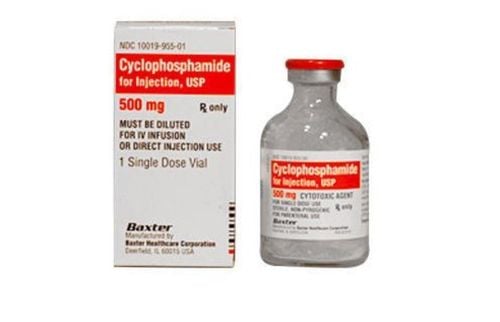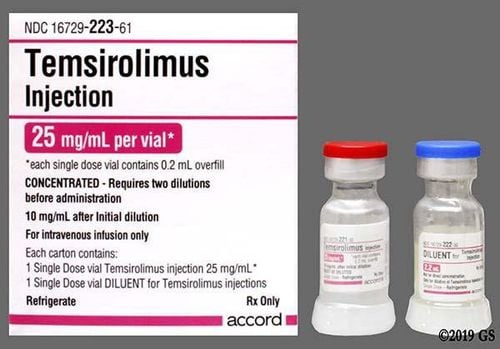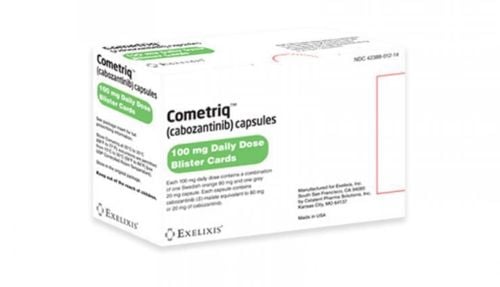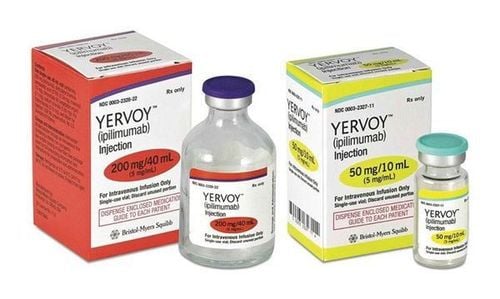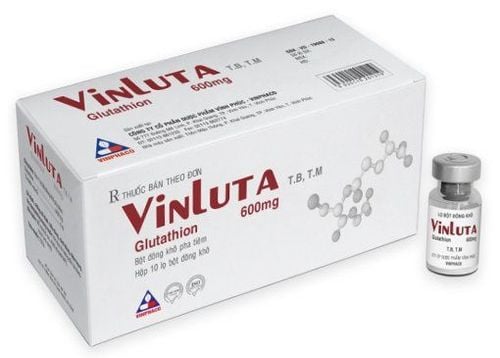This is an automatically translated article.
Nephroblastoma, also known as Wilms' tumor, is a rare type of cancer that mainly affects children aged 3 to 4 years. Although this is a dangerous disease in children, modern medicine has made great strides in the diagnosis and treatment of nephroblastoma in children. Therefore, the prognosis for children with this disease is getting better and better, the cure rate is high.1. What is pediatric nephroblastoma?
Nephroblastoma or Wilms tumor is a kidney cancer, mainly seen in children. In the urinary system of children, nephroblastoma is considered the most common type of cancer. The most common age for Wilms' tumor is between the ages of 3 and 4 and is less common after the age of 5, but this type of cancer can occur in older children and adults.Because it is cancer, it is possible for tumors to grow and spread to other parts of the body. Usually, it is only after the tumor has grown to about four times the healthy kidney weight of a 3-year-old child that a nephroblastoma is found. On average, 1 in 4 children with nephroblastoma will be first diagnosed when they have spread to the lungs or liver.
2. Symptoms and classification of nephroblastoma in children
Although the symptoms of nephroblastoma in children vary, most share one or more of the following signs and symptoms:
A palpable abdominal mass; Swelling or pain; Fever; Blood in the urine ; Nausea or vomiting (or both); Constipation; Loss of appetite; Shortness of breath; High Blood Pressure. Wilms tumor can be classified according to histopathology, including:
Undifferentiated (often difficult to cure); Differentiation (accounts for 10% and has a higher prognosis for treatment).
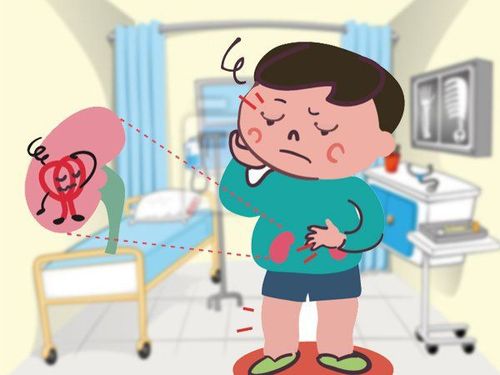
Triệu chứng của u nguyên bào thận ở trẻ em có sự khác nhau
3. Treatment of nephroblastoma in children
Most children with the disease are treated for nephroblastoma through methods: surgery, chemotherapy and sometimes radiation. Usually, children will be treated with a combination of the above methods, they will be changed depending on the stage of the disease.
3.1. Surgery to remove part of the kidney or all of the kidney The purpose of surgery for nephroblastoma in children is to remove the tumor and some of the surrounding healthy tissue. All stages of Wilms tumor are indicated for this surgical approach. Treatments are performed by a pediatric oncologist or a pediatric urologist.
Types of surgery for nephroblastoma in children include:
Radical nephrectomy: This is surgery to remove the entire kidney as well as some surrounding tissue and nearby lymph nodes. Surgery to remove lymph nodes is also known as lymph node dissection. Partial nephrectomy: In contrast to the above surgery, the doctor will remove the renal cell tumor and some surrounding healthy tissue, the goal is to save as much kidney tissue as possible. Because one kidney has been removed, the remaining kidney will have to take over the entire function of filtering waste out of the body. In cases where the remaining kidney is damaged as well as contains a tumor or has undergone previous surgical removal, partial nephrectomy should be performed to ensure kidney function. If kidney function cannot be guaranteed, the patient will need to use a machine to assist with dialysis.
After surgery, the patient may have a cell biopsy of the tumor to determine if the cells are cancerous and what type of cancer is in the tumor. However, there are contraindications to Wilms tumor biopsy that the doctor will advise on a case-by-case basis.
3.2. Chemotherapy Chemotherapy uses powerful drugs to destroy cancer cells throughout the body. Application of chemotherapy in the treatment of nephroblastoma in children by intravenous infusion of different drugs to destroy cancer cells. However, depending on the drug used, this method also comes with side effects in children. Common side effects include nausea, vomiting, loss of appetite, hair loss, and a persistent risk of infection.
Depending on the stage of the disease, the doctor may use chemotherapy before surgery to shrink the tumor to make it easier to remove. Not only that, chemotherapy is also used after surgery with the aim of destroying any remaining cancer cells in the body. For children with cancer in both kidneys, chemotherapy is given before surgery. This may increase the chance that the surgeon can save at least one kidney in order to preserve kidney function.
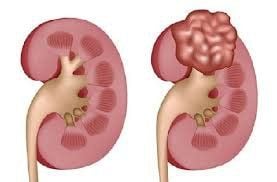
Điều trị u nguyên bào thận thông qua các phương pháp phẫu thuật, hóa trị và đôi khi là xạ trị
Pediatric nephroblastoma is a very dangerous disease that cannot be prevented and can develop very quickly into kidney cancer. Therefore, as soon as the child's body is detected with abnormal signs, the family should take the child to a reputable medical facility for timely diagnosis and treatment.
Department of Oncology - Radiation Therapy of Vinmec system is focused on carefully investing in expertise and equipment, bringing satisfaction to patients. Especially at Vinmec, there are:
Top doctors in the country and abroad: the doctors are all highly qualified, experienced, conscientious, and have worked in major hospitals in Vietnam and Korea. China and Russia, with intensive training at home and abroad, bring new and most effective treatment regimens to patients. Intensive technique, effective treatment of difficult cases: is the first and only hospital in Vietnam to successfully deploy robotic surgery. CT scan accurately detects cancer even when there are no symptoms. Applying advanced gene technologies to early detect the risk of 16 most common cancers. Deploying autologous immunotherapy and thermotherapy in combination with cancer treatment to effectively prevent recurrence. Continuously working for the community: always accompanies the community in free screening programs for common cancers: Breast, cervical, colorectal, etc. Thousands of patients cannot be screened for cancer, join hands with the community to fight back the dreaded cancer. To register for examination and treatment with the leading doctors of the Department of Oncology - Radiation Therapy, please register on the website, or register for an online examination.
Please dial HOTLINE for more information or register for an appointment HERE. Download MyVinmec app to make appointments faster and to manage your bookings easily.




